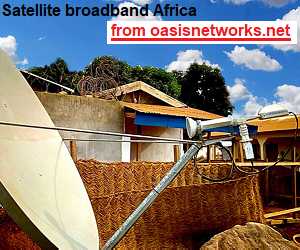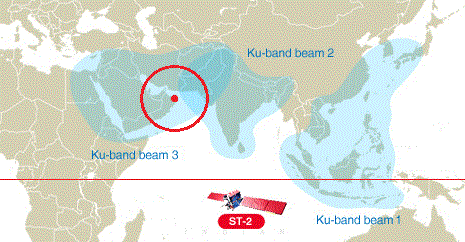| Home Login Register |
| Satellite Internet forum › iDirect Forum: hubs and terminals › iDirect Inbound/Upload TCP/reliable problem |
|
Pages: 1
|
iDirect Inbound/Upload TCP/reliable problem(Read 10528 times) |
|
Andrew
Member
★★ Offline Posts: 6 |
Sep 20th, 2011 at 1:44pm
|
| Back to top |
« Last Edit: Sep 20th, 2011 at 3:45pm by Andrew »
Thank You,&&Best Regards,&&Andrew
IP Logged
|
|
Ex Member
Ex Member
|
Reply #1 - Sep 23rd, 2011 at 11:01am
|
| Back to top |
IP Logged
|
|
Andrew
Member
★★ Offline Posts: 6 |
Reply #2 - Sep 25th, 2011 at 4:06pm
|
| Back to top |
Thank You,&&Best Regards,&&Andrew
IP Logged
|
|
Admin1
YaBB Admin
★★★★★ Offline Posts: 1215 |
Reply #3 - Sep 26th, 2011 at 10:13am
|
| Back to top |
IP Logged
|
|
Andrew
Member
★★ Offline Posts: 6 |
Reply #4 - Sep 26th, 2011 at 3:03pm
|
| Back to top |
Thank You,&&Best Regards,&&Andrew
IP Logged
|
|
Ex Member
Ex Member
|
Reply #5 - Sep 28th, 2011 at 11:43am
|
| Back to top |
« Last Edit: Sep 29th, 2011 at 2:13am by N/A »
IP Logged
|
|
Andrew
Member
★★ Offline Posts: 6 |
Reply #6 - Oct 5th, 2011 at 5:04am
|
| Back to top |
Thank You,&&Best Regards,&&Andrew
IP Logged
|
|
yazzdan
Member
★★ Offline Posts: 47 |
Reply #7 - Oct 12th, 2011 at 1:34pm
|
| Back to top |
Regards,&&Syed Irfan Hasan&&iDirect & VSAT Engineer
IP Logged
|
|
firdous_sober
Member
★★ Offline Posts: 2 |
Reply #8 - Oct 12th, 2011 at 2:32pm
|
| Back to top |
IP Logged
|
|
Admin1
YaBB Admin
★★★★★ Offline Posts: 1215 |
Reply #9 - Oct 12th, 2011 at 10:15pm
|
| Back to top |
IP Logged
|
|
firdous_sober
Member
★★ Offline Posts: 2 |
Reply #10 - Oct 13th, 2011 at 6:58am
|
| Back to top |
IP Logged
|
|
Eric Johnston
Senior Member
★★★ Offline Posts: 2109 |
Reply #11 - Oct 13th, 2011 at 9:12am
|
| Back to top |
IP Logged
|
|
Pages: 1
|
Email me: eric@satsig.net
Powered by YaBB 2.5.2!
YaBB Forum Software © 2000-. All Rights Reserved.
Disclaimer, Terms of Use and Privacy Forum User Agreement Forum rules Cookie policy.



